Article & research by Tim Findlay (@tim_findlay)
Check out Tim Findlay’s skate podcast at: www.skatespotpod.buzzsprout.com
A missing link in skateboarding history.
When thinking of iconic skateparks from the 1970’s, Sweden’s probably an unlikely candidate that comes to mind. Most of us would associate these with the US, Canada, or UK. Yet as the 70’s skateboarding boom hit Europe several iconic parks were built on Swedish soil. Fast forward to 2022 and only one remains, its lucrative history matches up with some of the oldest parks still existing today and for decades it’s slipped under the radar and out of sight.
Falkenberg, a town on the Swedish southwest coast, is a surprising setting for a historical skatepark. Not much can be seen at first glimpse; you pull off a small country road and are presented with open land surrounded by traditional cottages. Edging closer, you hit a scrap yard with old cars, caravans, and metal sheds. Your vision is then steered to a set of rotting wooden stairs leading to a rickety boardwalk, taking you up to a 35-metre-long concrete snake run, called Automobilen.

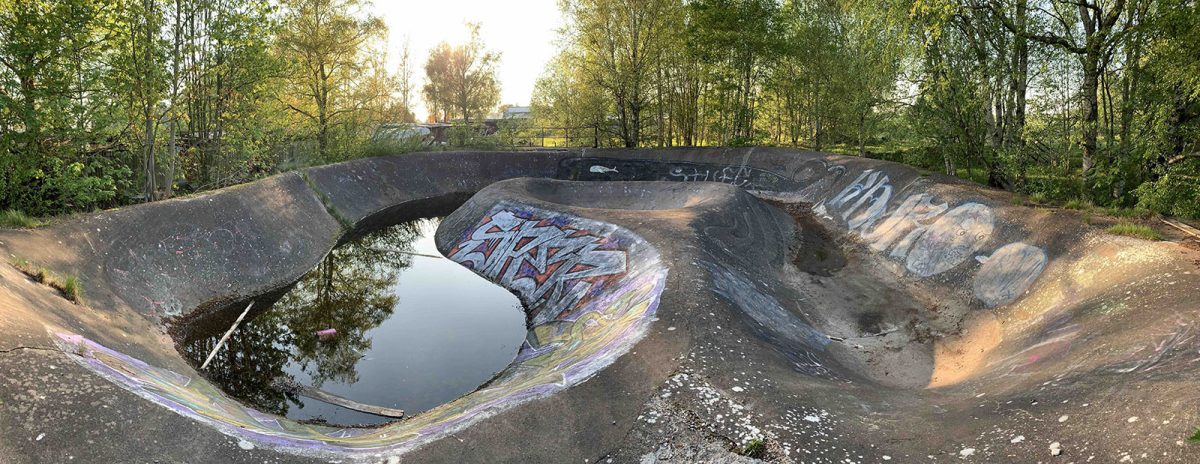
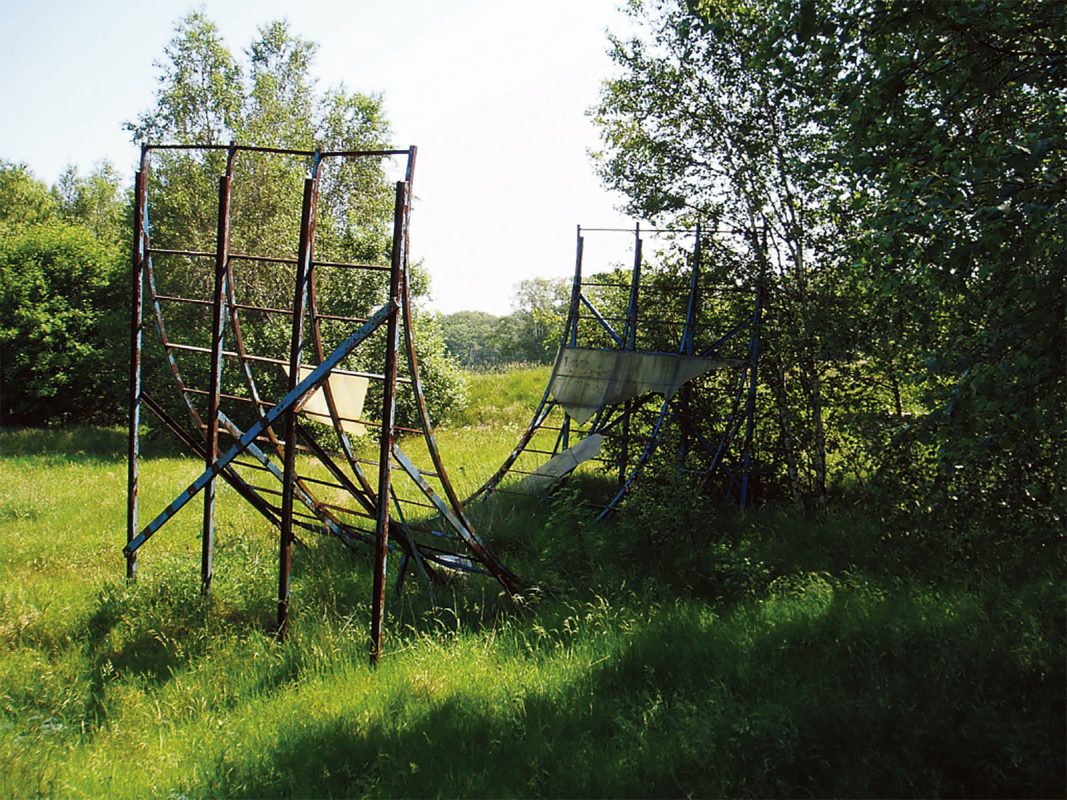
Opened in July 1978, Automobilen was originally a local roadhouse; the snakerun was privately built as a first generation skatepark closely modeled off Carlsbad in San Diego. Impressively, the park was built in a matter of weeks with construction kicking off at the end of June 1978. The owner, Olle Andersson, had never heard of skateboarding until a few weeks before construction started, it was fully operational by the end of June and was opened somewhere between the 3-9th of July 1978. Accompanying the Snakerun was a plexiglass u-ramp that was originally located at the entrance of the roadhouse, a strategic move to capture passers by that were driving down the main Europavägen, a highway linking the major cities from Gothenburg to Malmö. After being audited in the Autumn of 1978, the ramp did not have a building permit and was moved next to the snakerun, where it stayed until it was sadly destroyed in 2022. The final instalment to the park was a slalom run that was also situated at the front of the roadhouse, today it still exists minus the wooden ramps.
[1] Regarded as one of Sweden’s first commercial skateparks, it is the only one still surviving from this era. [2] Creating a park of this magnitude was a unique move when skateboarding in Sweden was condemned in its early years and seen as a life threatening and a morally harmful activity. [3] 81 cents would allow one hour ride time, which was strictly controlled by the owners. It is alleged that the park was put in the spotlight the same year with a visit from Tony Alva during his first European Tour, yet the hype was short-lived. Its design became quickly outdated as skatepark construction moved into new directions to cater for the advancement of the industry. [4] The park received some negative reviews on the safety of the facility and reports that it was not well maintained. [5] As new parks opened and Automobilen’s competitors upgraded, it left the park in a position that could not compete.[6]
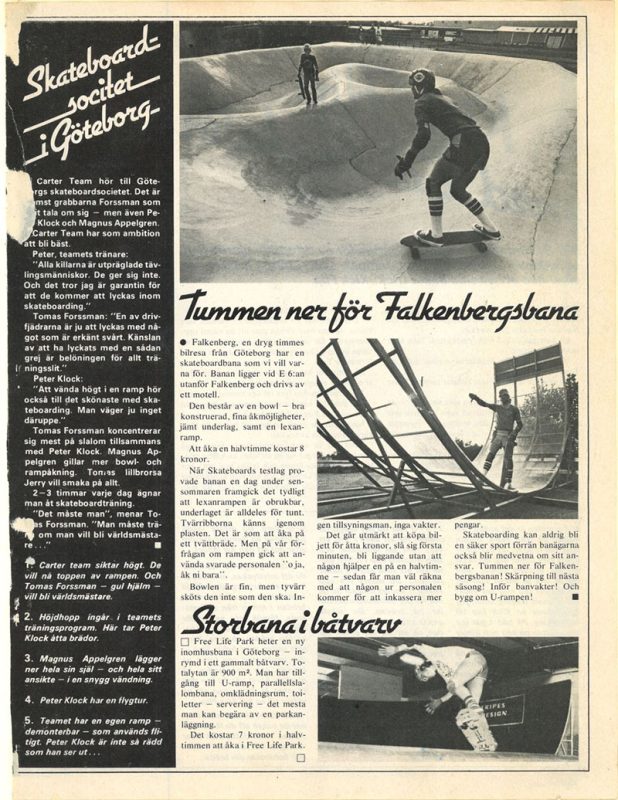

As the decades passed so did its notoriety. The park remained but received little attention or recognition. It played host to the 1997 Swedish Skateboarding Championship, but its ongoing use was limited. It was not until 2010, over 30 years since its construction that there was a push for the park to be listed as a historical monument. Due to being left for decades without repair, the park was deemed too dilapidated by the County Administrative Board and the application was rejected, leaving Automobilen to waste. [7]
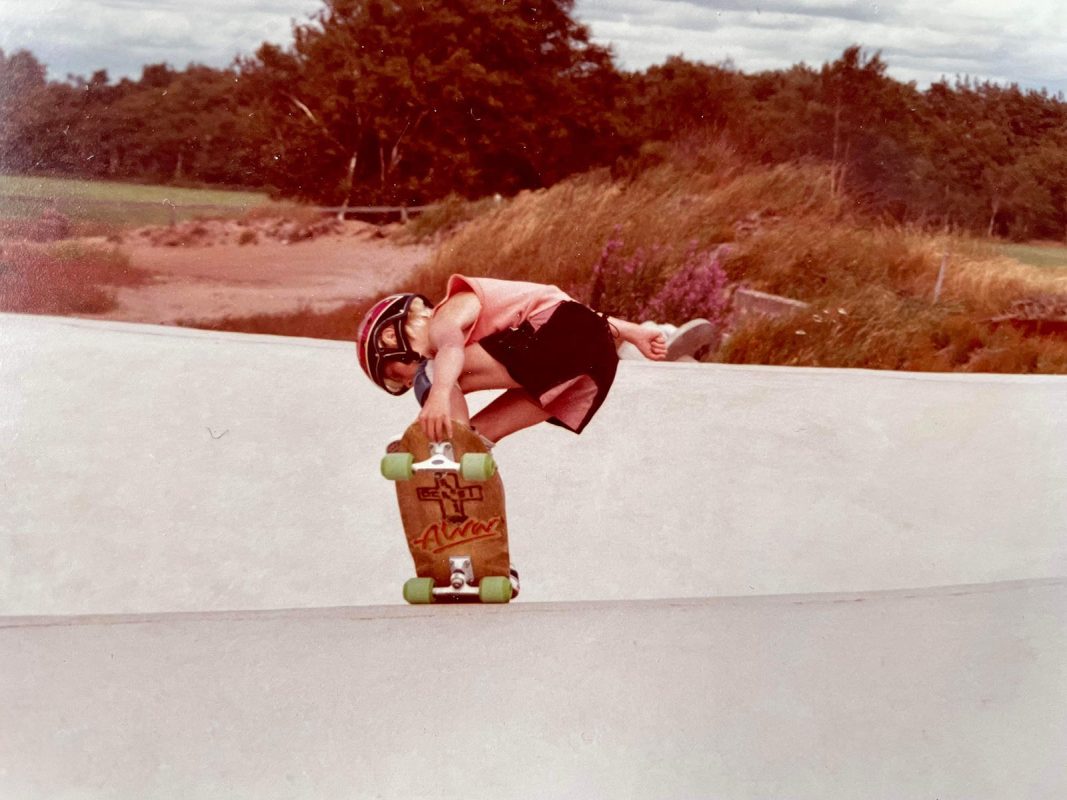


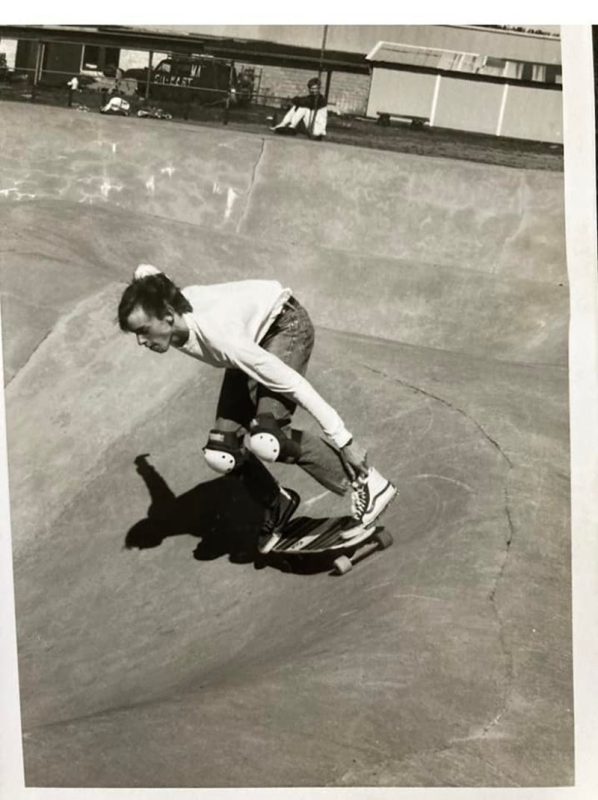
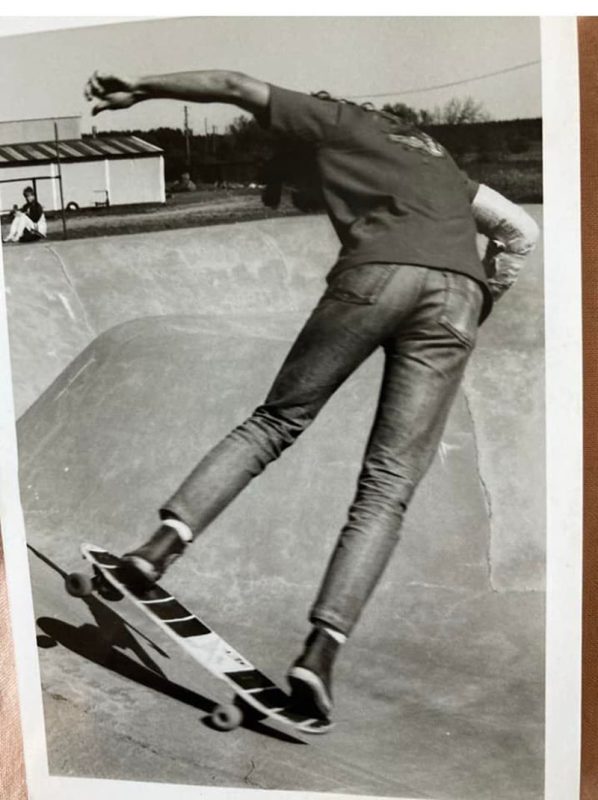

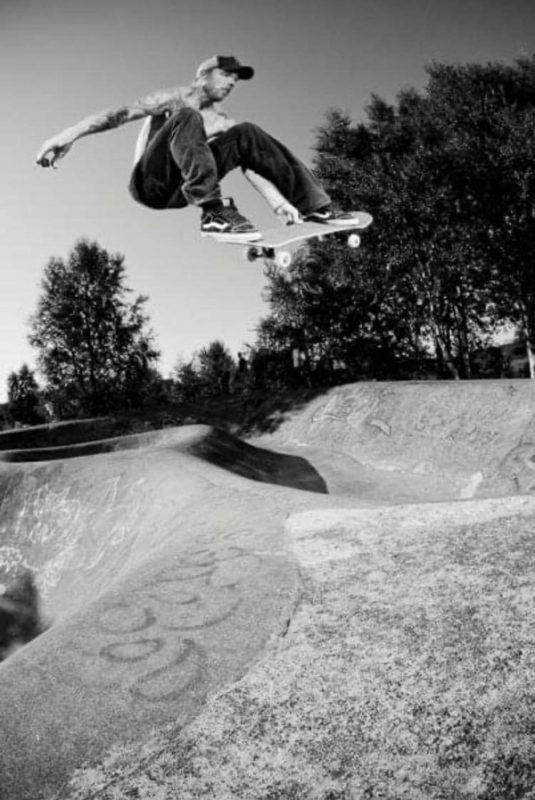
With many skateparks from this era destroyed, the importance of protecting and restoring those which remain should not be debatable. These parks paved the way for skateboarding and their existence allows us to literally skate back in time and recreate similar memories from past generations. These parks have developed their own soul, formed from decades of personal skateboarding milestones. Landing first tricks, snapping decks, breaking bones, they all become part of the park’s DNA.
Today, Automobilen is the oldest existing park in Sweden and its construction date matches those of some of the oldest still standing in the world. There is no denying its level of importance to skateboarding history, however very little information exists about the park or recognition for its heritage.


The clock is ticking for Automobilen, over the past decade the deterioration has intensified, with improper drainage some sections are completely engulfed with water. The cracks in the concrete have intensified and its level of rideability has become more difficult. Emphasis on having this park recognized among its counterparts of the 70’s skate era is a necessity. Awareness of this monumental place also needs to be highlighted as it deserves to be protected. During 2014, The Rom skatepark in the UK was the first of its kind to gain a Grade II listing. [9] This has set the precedent for parks of this generation and a glimmer of hope for Automobilen. Currently a documentary is being worked on to showcase the history of the park, in an attempt to bring to light the importance of this structure and the need for it to be saved. Be sure to keep your eyes peeled for this dropping 2023.
The lost photo of Tony Alva’s visit
No media has been credited to Tony Alva at Automobilen during his first European Tour in 1978. Many stories have come from hearsay passed down by individuals that allegedly skated with him during his visit. One iconic image however has been circulating for decades adding another layer of mysticism to the park. Credited to being taken outside Paris in 1978 the landscape is, however, identical to Automobilen’s old slalom run. The image has been taken on the ramp at the start of the run, close to the entrance of the old roadhouse. The snakerun is located around 150 metres ahead. For decades this image has been documented under the wrong location. To date, it is one of the only pieces of documentation of TA skating Automobilen and not until recently has the connection been made. The traditional building to the left of the image still stands, along with the concrete run and trees still present on each side.
These are the elements that make Automobilen so fascinating, even decades after its construction new pieces of skateboarding history come to light.
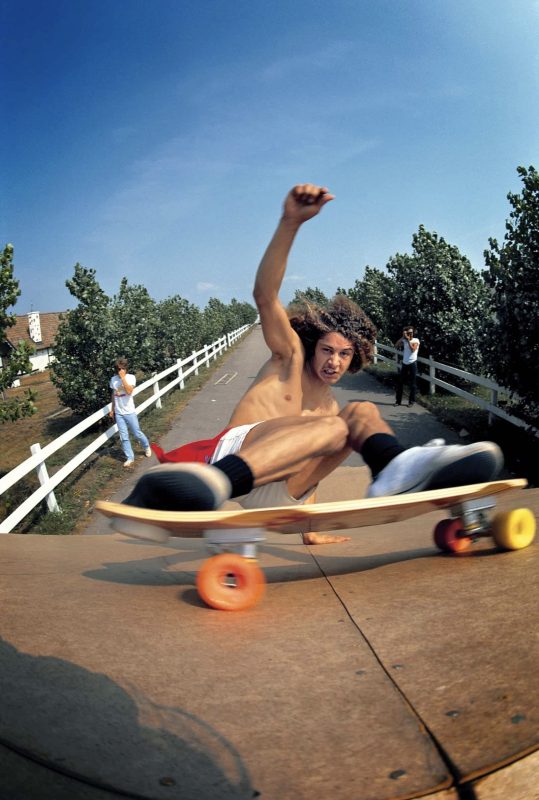

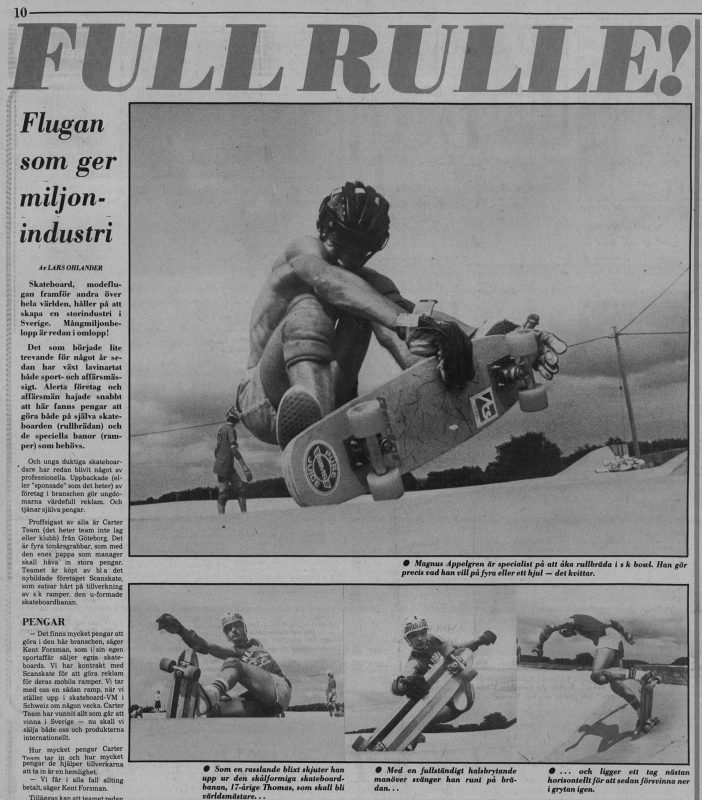
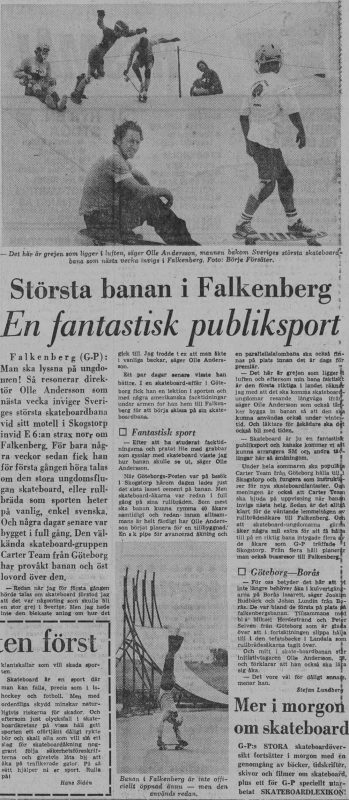
Old Skate Spots – The Automobilen Snakerun
Old skate spots #1 Automobilen snakerun: An old skatepark privately built as a first
generation 70’s skatepark closely modeled off Carlsbad in San Diego, California.
Regarded as one of Sweden’s first skateparks, it is the only one
still surviving from the 1970’s skateboarding era.
1 Gunnar Almevik, (2012), Betongvågen, Byggnadskultur 2012-3.
2 Hallands Nyheter (2008), Modernt kulturarv vid Automobilen.
3 Stockholm Skate Collective, The history of skateboarding – from a street skater’s point of view.
4 Hallands Nyheter, (2008)
5 Skateboard: Specialtidningen för actionsport 1978 (2)
6 Gunnar Almevik, (2012)
7 Hallands Nyheter (2010) Banan alltför förfallen.
8 Skateboarding Heritage Foundation, Skate Parks of the 70’s
9 Independant, 2014, Hornchurch’s 1970s Rom skatepark given Grade II listed status.
Text Sources
Gunnar Almevik, (2012), Betongvågen, Byggnadskultur 2012-3.
Hallands Nyheter (2008), Modernt kulturarv vid Automobilen.
Stockholm Skate Collective, The history of skateboarding – from a street skater’s point of view.
Hallands Nyheter (2010) Banan alltför förfallen.
Skateboarding Heritage Foundation, Skate Parks of the 70’s
Independant, 2014, Hornchurch’s 1970s Rom skatepark given Grade II listed status.
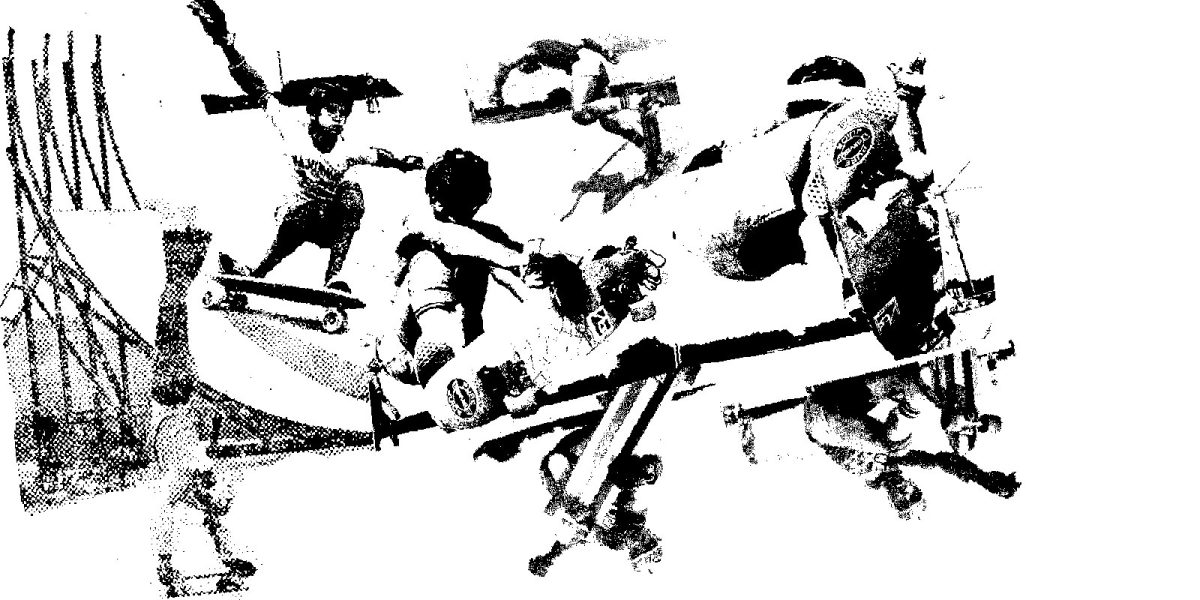
Check out Tim Findlay’s skate podcast at: www.skatespotpod.buzzsprout.com
